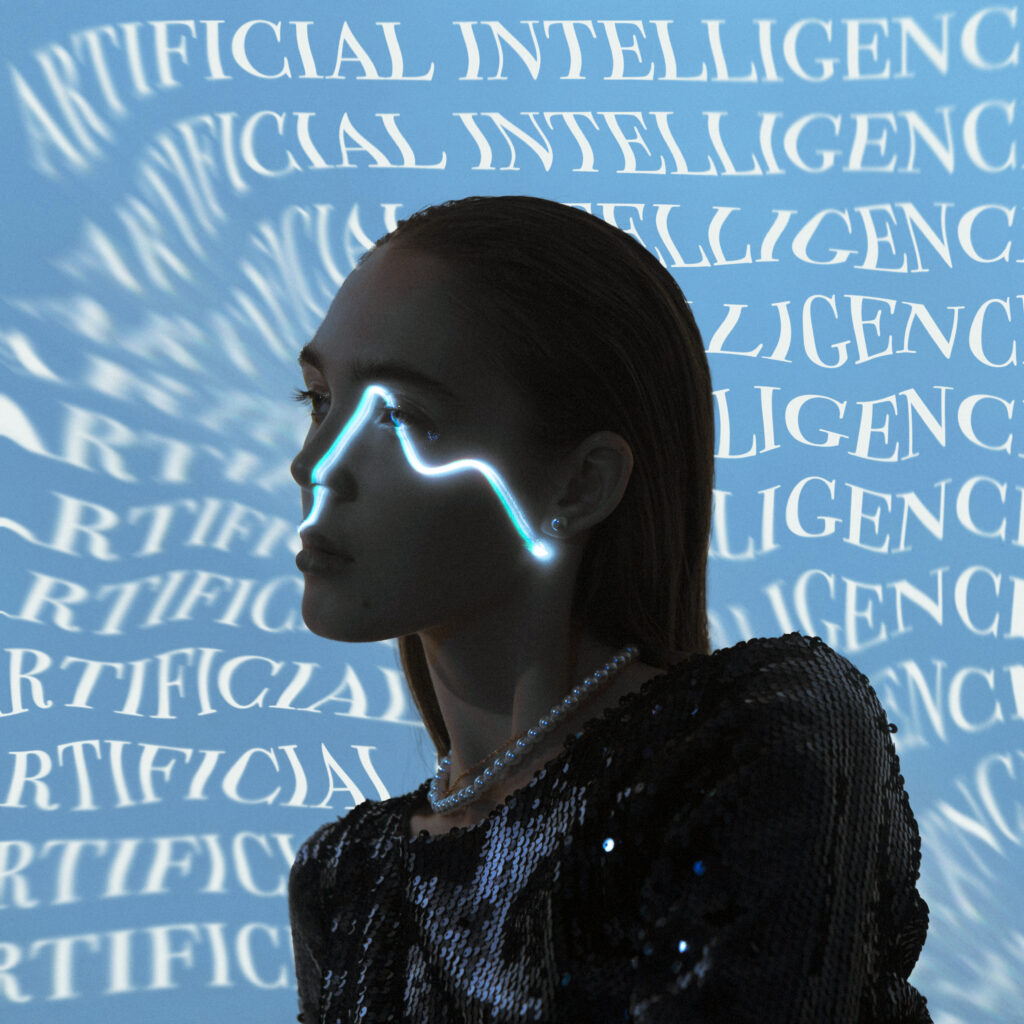As a graphic designer at X Gate, I often find myself contemplating the future of our craft. With the rapid advancements in artificial intelligence (AI), a pressing question arises: will AI replace human creativity in graphic design?
While AI has undoubtedly made significant strides in various creative fields, the answer is nuanced, encompassing both opportunities and challenges.
The Rise of AI in Graphic Design
AI tools are becoming increasingly sophisticated, capable of performing tasks that once required human intervention.
From generating design templates to optimizing layouts and even creating original artwork, AI is reshaping the graphic design landscape.
Programs like Adobe Sensei, Canva’s AI-driven features, and various AI-based logo generators are already transforming how we approach design tasks.
Enhancing, Not Replacing Human Creativity

Despite these advancements, AI is not poised to replace human designers
but rather to enhance their capabilities. Here are a few ways AI complements
human creativity:
- Efficiency and Speed: AI can handle repetitive and time-consuming
tasks such as resizing images, adjusting color schemes, and creating
multiple design variations. This allows designers to focus on the more
intricate aspects of their work that require a human touch. - Inspiration and Ideation: AI can serve as a powerful tool for
inspiration. By analyzing vast amounts of data and trends, AI can
suggest new design ideas and directions that a human designer might
not have considered. This can be particularly useful in the
brainstorming phase of a project. - Personalization at Scale: AI can analyze user preferences and
behaviors to create highly personalized designs. For instance, AI can
help tailor marketing materials to individual user profiles, enhancing
the effectiveness of the designs. However, the strategic vision behind
these personalized experiences still relies on human creativity.
The Irreplaceable Human Element
While AI can assist in various aspects of graphic design, several core elements remain inherently human:
- Emotional Connection: Graphic design is not just about aesthetics; it’s about creating an emotional connection with the audience. Human designers have the unique ability to understand and evoke emotions through their work, a nuance that AI has yet to master fully.
- Cultural Sensitivity and Context: Designers bring cultural awareness and contextual understanding to their work, ensuring that designs are appropriate and resonate with the target audience. This cultural sensitivity is challenging for AI to replicate, as it often relies on broad data sets that may lack specific cultural nuances.
- Conceptual Thinking: Great design often involves abstract thinking, conceptualization, and a deep understanding of complex human experiences. This level of conceptual thinking is still beyond the reach of AI, which operates primarily on pattern recognition and data analysis.
The Future Landscape
The future of graphic design is likely to be a collaborative one, where human designers and AI tools work in tandem. Here’s what we might expect:
- Hybrid Design Teams: Teams comprising both human designers and
AI specialists will become more common. Designers will leverage AI for
efficiency and inspiration, while ensuring the final output retains a
human touch. - Continuous Learning and Adaptation: As AI technology evolves,
designers will need to continuously learn and adapt. Staying updated
with the latest AI tools and understanding how to integrate them into
the design process will be crucial for future success. - Ethical Considerations: The integration of AI in design also raises
ethical questions. Designers will need to navigate issues related to
data privacy, bias in AI algorithms, and the potential for job
displacement within the industry.
At X Gate, we embrace this symbiotic relationship, leveraging AI to enhance our creative process while preserving the uniquely human elements that make our designs resonate.
The future of graphic design is not AI vs. humans; it’s AI and humans working together to create extraordinary visual experiences.
